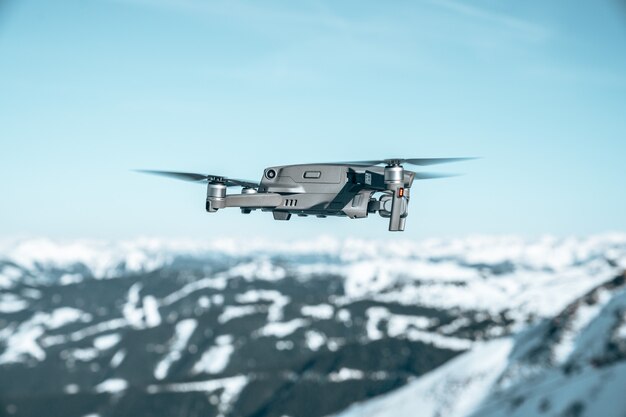
Sponsored article
<p>In recent years, the field of unmanned aerial vehicles (UAVs) has seen significant advancements, with hybrid propulsion systems emerging as a game-changing innovation. By combining traditional fuel engines with electric power, these systems deliver notable improvements in endurance and efficiency. This article explores how hybrid propulsion can enhance UAV capabilities, extend mission durations, and provide substantial operational benefits for various industries.</p>
Hybrid propulsion systems represent a significant advancement in the world of unmanned aerial vehicles (UAVs), bringing a range of benefits that can greatly improve aircraft performance and mission success. By combining the strengths of electric and traditional combustion engines, these systems provide increased efficiency, which translates into longer operational times and reduced environmental impact. In UAVs, such as the MADDOS VTOL 600h, hybrid propulsion systems enable sustained flight over extended periods, making them ideal for tasks that require persistent surveillance and data collection. The intrinsic efficiency of hybrid systems comes from their ability to switch seamlessly between power sources, optimizing energy use during different phases of flight and ensuring the best possible performance.
Another key advantage of hybrid propulsion systems lies in their potential for considerable fuel savings. By leveraging electric power for takeoff, landing, and low-energy flight phases, drones can significantly reduce fuel consumption, contributing to cost-effective operations. This not only results in direct fuel savings but also extends the lifespan of expensive components by operating them under less stressful conditions. The combination of these factors plays a pivotal role in enhancing the endurance of UAVs, ultimately making them capable of longer missions and covering greater distances without the need for frequent refueling. This makes UAVs equipped with hybrid propulsion systems particularly suitable for long range drone applications, as they can achieve exceptional range and persistence with a lower operational footprint.
Hybrid propulsion systems have a significant impact on UAV performance, enhancing both their operational capabilities and efficiency. By integrating both electrical and internal combustion power sources, these systems provide several benefits that improve the overall functionality of unmanned aerial vehicles. One of the most notable improvements is the increase in payload capacity, allowing UAVs to carry heavier or more sophisticated equipment. This capability is vital for various applications such as surveillance, delivery, and scientific research, where the need for advanced sensors or additional cargo is constant.
Moreover, hybrid propulsion extends the mission range of UAVs, enabling longer flight durations and broader operational scopes. With a hybrid system, UAVs can switch between power sources to optimize endurance and fuel efficiency, making them more versatile across diverse environments. Additional benefits of hybrid propulsion systems include:
These advancements collectively elevate UAV performance, allowing them to meet challenging mission requirements and expand their potential roles in various sectors.
Case studies of hybrid UAV deployment offer compelling insights into how hybrid propulsion systems can significantly enhance unmanned aerial vehicle performance. One notable example is the deployment of hybrid-powered UAVs in environmental monitoring missions in Scandinavian regions. These UAVs, equipped with a combination of traditional combustion engines and electric motors, have demonstrated extended flight durations which are crucial for covering vast forested and coastal terrains. This operational example highlights the effectiveness of hybrid systems in achieving longer flight times while maintaining fuel efficiency and reducing emissions. Such real-world applications underscore the practical advantages of hybrid propulsion in challenging environments.
Another significant case study involves the integration of hybrid propulsion in agricultural drone operations in South America. These UAVs are tasked with extensive crop monitoring and data collection over large agricultural fields. The hybrid UAV deployment in these scenarios has resulted in improved flight endurance and increased payload capacity, enabling more comprehensive data collection and enabling farmers to make informed decisions. These operational examples of hybrid UAV deployment reinforce the transformative potential of hybrid propulsion systems by showcasing their ability to extend operational range and efficiency in various industries.